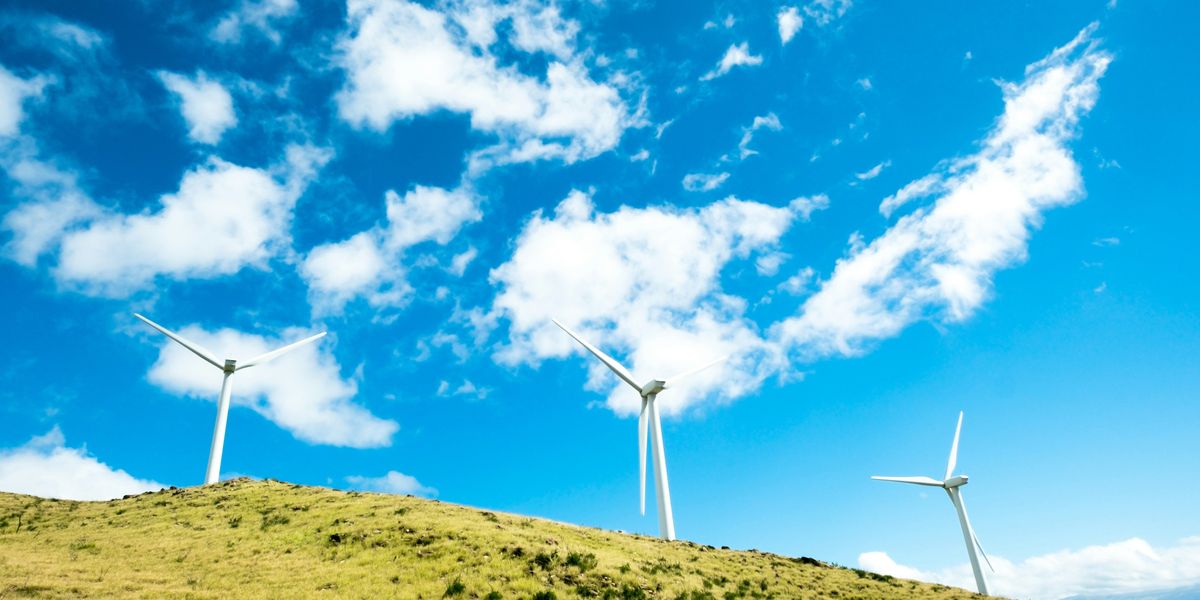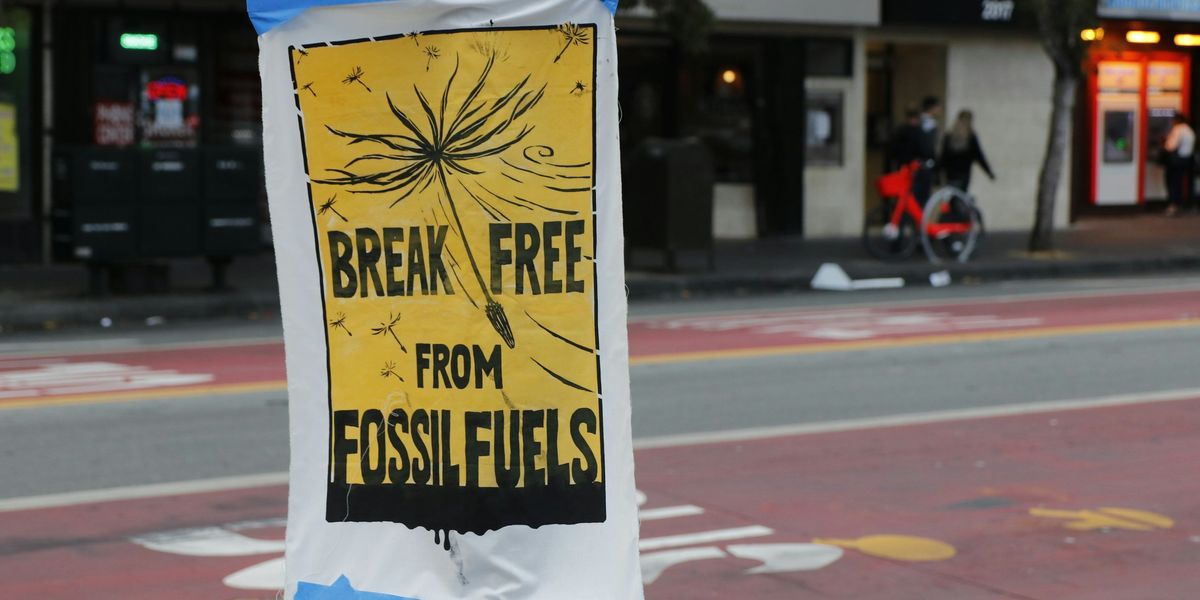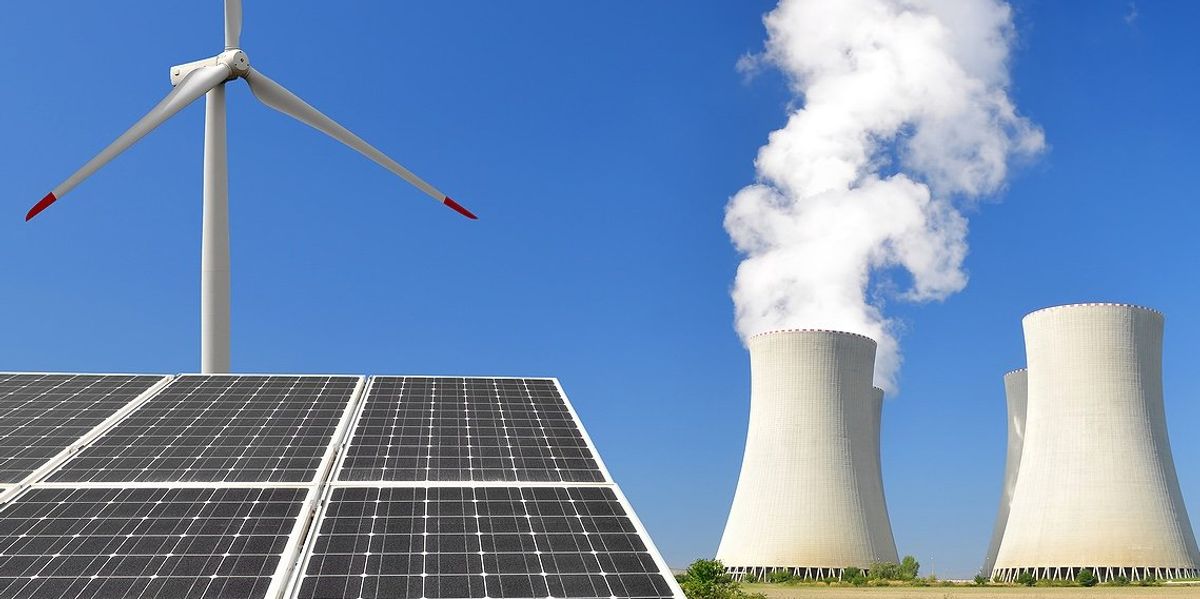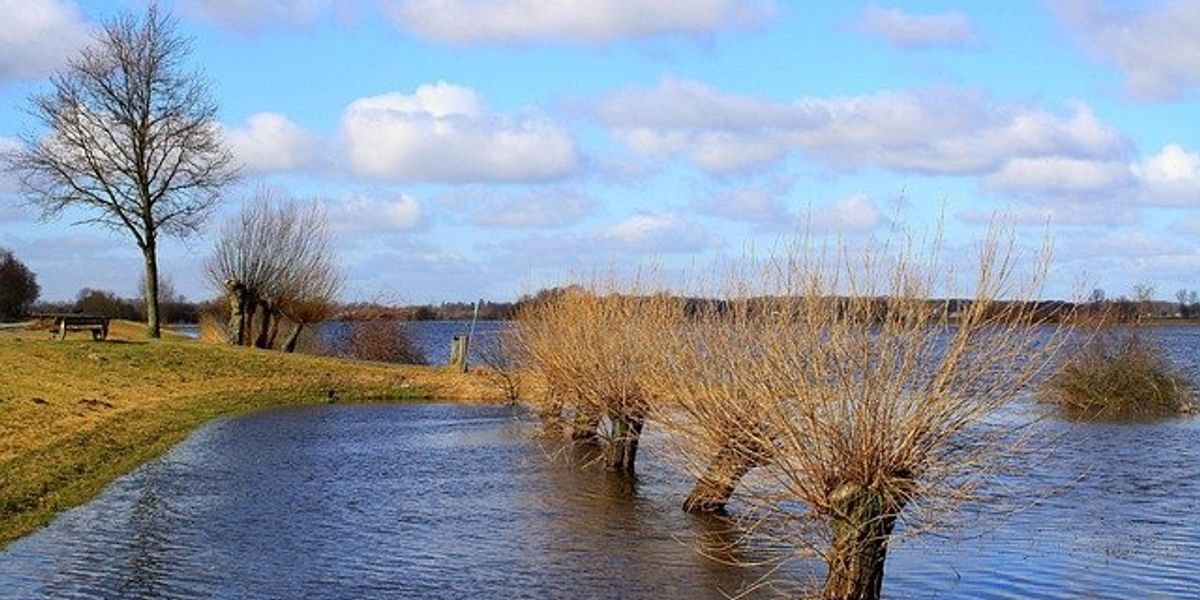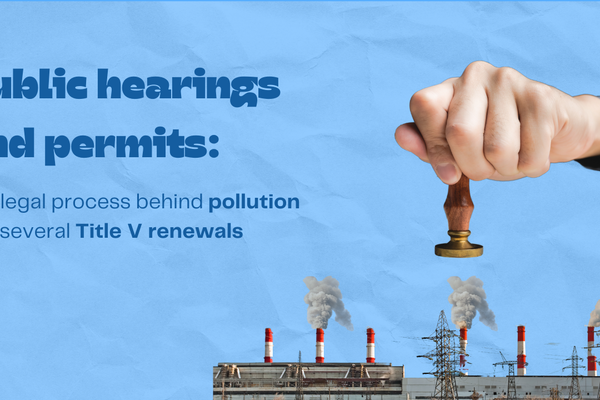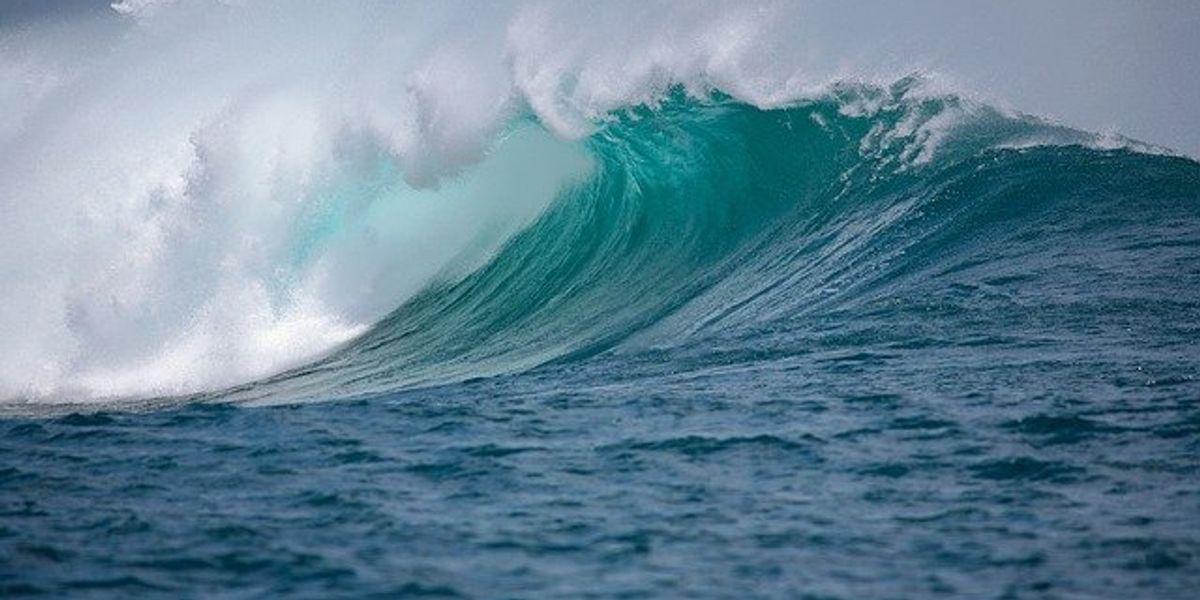
07 January
Wave energy projects gain momentum amid U.S. investments and new test sites
Recent U.S. funding and a new Oregon wave energy test site signal growing support for marine power, a renewable energy source with vast potential but a history of setbacks.
Nicola Jones reports for Yale Environment 360.
In short:
- The U.S. Department of Energy has allocated $112.5 million for wave energy prototypes and plans to open a test facility, PacWave South, in 2026 to advance marine energy research.
- Marine energy systems face challenges like corrosive ocean environments and high costs, though new innovations are being tested to improve durability and efficiency.
- Experts see wave energy as a complement to solar and wind power, aiming to harness consistent energy from the ocean’s movement.
Key quote:
“There’s a lot of energy out there, so we’re going to go and get it.”
— Neil Kermode, director of the European Marine Energy Centre
Why this matters:
The ocean holds immense potential for renewable energy, but scaling up requires overcoming environmental, technological and financial challenges. Investments in wave and tidal power could diversify global energy sources and strengthen the push toward net-zero emissions.
Related: There's a plan to turn oceans into climate sponges, but will it work?

